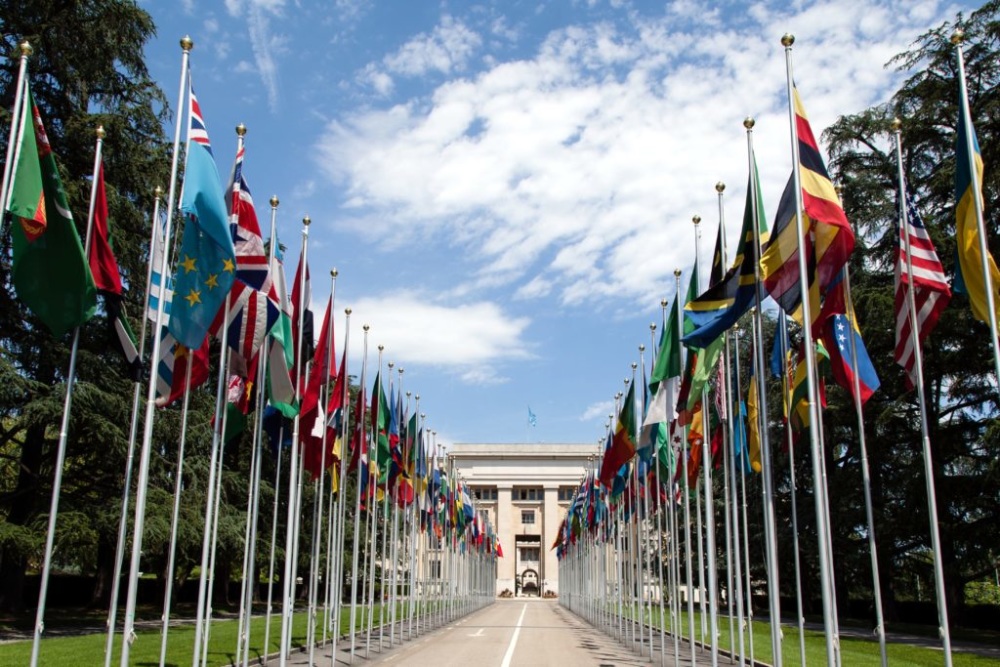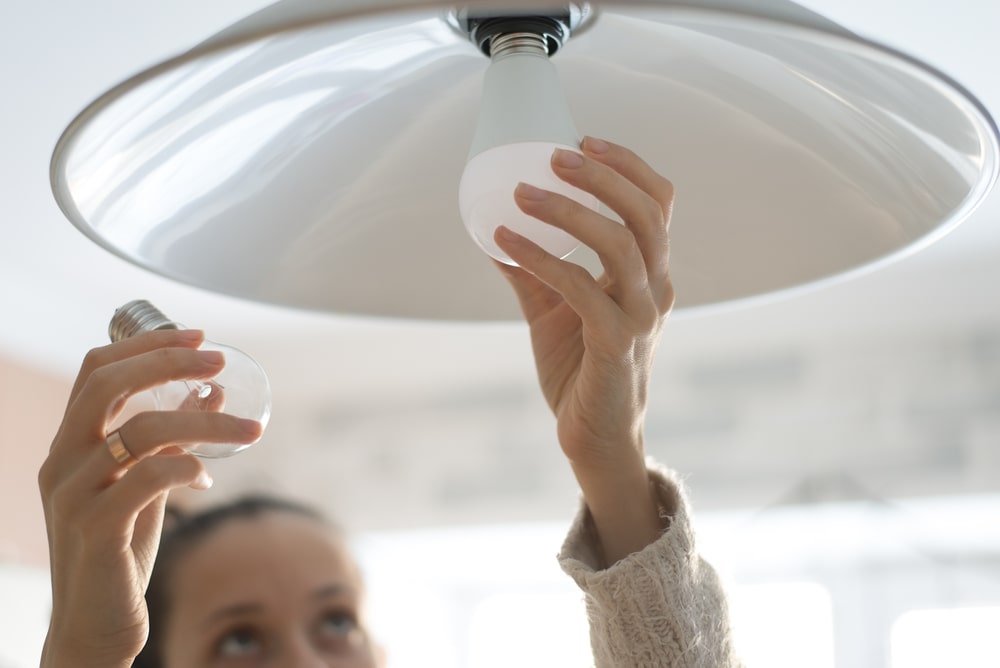Eliminating Toxic Lighting in the EU
In a new study, CLASP found the continued use of inefficient, mercury-based lighting for an additional two years wipes out economic savings across the EU of 12.2 billion Euros, with the four largest economies - Germany, Italy, France and Spain representing 77% of the lost financial savings.
The European Commission recently opened the public consultation period for draft regulations concerning mercury-containing fluorescent lamps. In a new study, CLASP found the continued use of inefficient, mercury-based lighting for an additional two years (proposed in the draft regulations) wipes out economic savings across the EU of 12.2 billion Euros, with the four largest economies – Germany, Italy, France and Spain representing 77% of the lost financial savings.
We urge everyone concerned about mercury in lighting to submit comments on these draft lighting amendments before 12 July, supporting an accelerated phase-out to protect people and the environment.
Background
The European Union regulates the use of toxic materials including mercury through its Restriction of Hazardous Substances (RoHS) Directive. RoHS has allowed mercury-based lighting to persist, citing insufficient alternatives.
A decade ago when RoHS was initially drafted, mercury-based fluorescent lights were viewed as an energy-efficient alternative to less-efficient incandescent and halogen lights, and risks associated with mercury in each bulb were tolerated as a necessary trade-off for the efficiency benefits. Today, thanks to major advances in light-emitting diode (LED) technology, LED lights are a cost-effective, safe alternative that can replace fluorescents in virtually all applications.
Last July, DG Environment published an updated analysis of the costs and benefits of removing the lighting exemptions. The report found that if DG Environment eliminated three major fluorescent lamp types effective in 2021, then by 2035 there would be an EU-wide cumulative reduction of electricity consumption of 309.7 Terawatt-hours, €29.9 billion Euros in net financial savings (including costs associated with lamps, luminaires and labour), and 2.88 tonnes less mercury placed into circulation in Europe.
Delayed Legislation Costs European Consumers
The Commission delayed action on mercury-based lighting until this year, and therefore 2021 is no longer a realistic phase-out year. In June 2021, the Commission published draft initiatives to eliminate these exemptions for mercury in twelve specific lighting product categories.
CLASP revisited the DG Environment analysis to update the potential savings under a later phase-out date, and to calculate the costs of this ongoing delay. Our recalculation for a two-year delay shows significant costs to European citizens in terms of excess energy use, increased pollution, and higher cost to consumers.
With two-year of regulatory delay to July 2023, Europe loses €12.23 billion in cost savings due to excess energy use and adds 1056 kg to its mercury pollution burden. As the delay lengthens, the cost goes up.
- Excess energy use: 120 TWh of lost electricity savings, or about equal to the annual electricity consumption of the Netherlands
- Financial cost: €12.23 billion savings lost over two years; €487 million savings lost per month; €16.2 million savings lost per day
- Increased pollution: 1056 kg of additional mercury pollution from lamps over two years
CLASP further broke down the data to understand the country and individual-level cost of the continued use of inefficient, mercury-based lighting in terms of cost, continued mercury pollution, carbon dioxide emissions, and excel electricity use. We found that the four largest economies – Germany, Italy, France and Spain represent 77% of the lost savings and 63% of the lost mercury savings.
The table below outlines losses by country.

Participate in Have Your Say
We urge European and global citizens concerned about human and environmental health to submit comments on these draft RoHS lighting amendments– and in particular the following five priority groups:
- Linear Fluorescent Lamps (LFL) – comment period closes on 16 July
- Compact Fluorescent Lamps (CFL) – comment period closes on 21 July
- Long Life CFLs – comment period closes on 12 July
- Non-Linear Fluorescent Lamps – comment period closes on 12 July
- CCFL and EEFL – comment period closes on 12 July
To submit comments to the Commission for these five priority product groups, please follow the submission process outlined on the Clean Lighting Coalition website.
Notes:
The DG Environment assessment from 2020 was conducted by the Oeko-Institut and included a detailed analysis of the financial and pollution impacts of phasing out three types of mercury-containing lamps – T5 linear fluorescent, T8 linear fluorescent and pin-based compact fluorescent. These lamps are typically replaced with retrofit LED (light-emitting diode) lamps, which contain no mercury, consume half as much energy for a given light level, and last 2-3 times longer.









